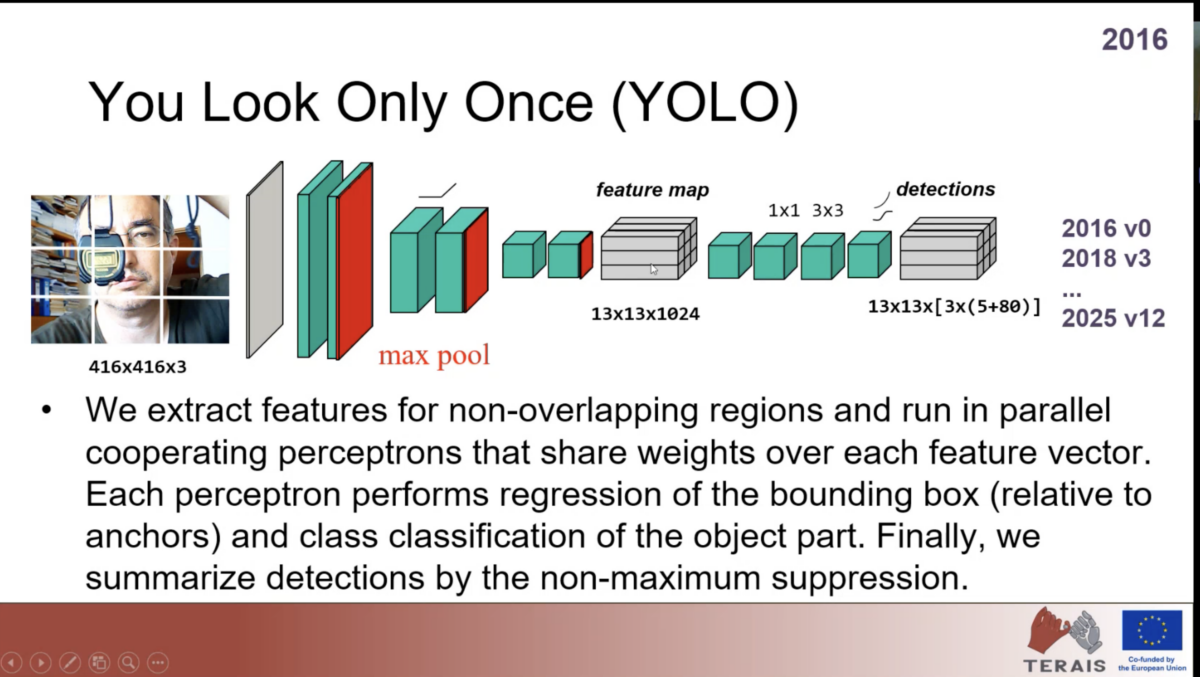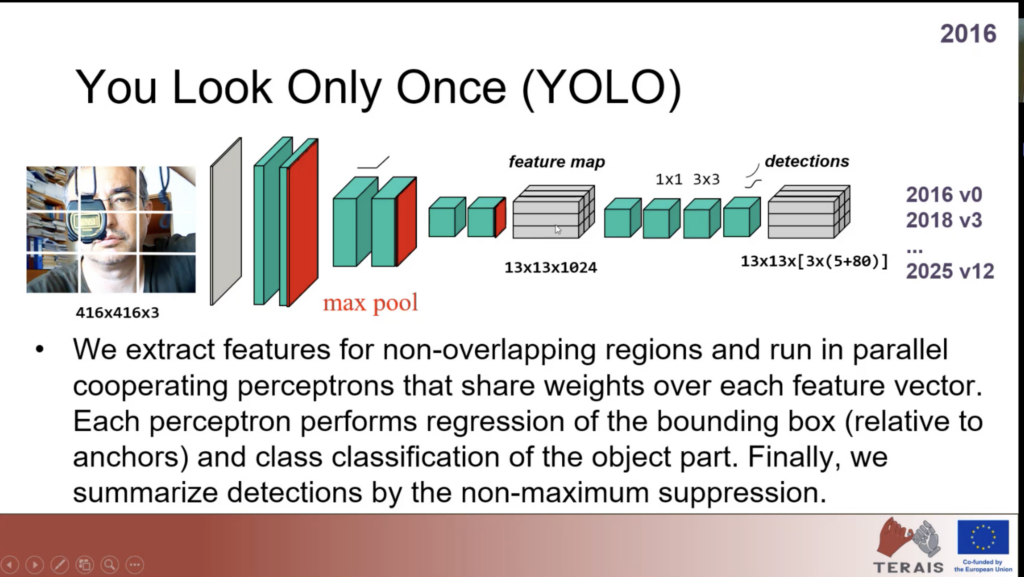What Is Artificial Intelligence Capable of Today? Watch the Recording of the Webinar "Training Machines to Detect Any Object"
On May 13, 2025, a professional webinar titled Teaching Machines to See Any Object was held, organized by RNDr. Andrej Lúčny, PhD., from the Faculty of Mathematics, Physics and Informatics at Comenius University in Bratislava. The lecture focused on current challenges and solutions in the field of computer vision and artificial intelligence, with particular emphasis on enabling systems to recognize objects without the need for prior categorization.
While traditional artificial intelligence models are trained to recognize objects from predefined categories (such as “dog,” “car,” or “tree”), modern research is shifting toward enabling machines to perceive any object as a distinct entity—even if that object has never appeared in the training data before. This advancement is particularly crucial in the field of robotics, where machines operate in unpredictable environments and must independently identify new and unfamiliar objects.
The lecture introduced several breakthrough technologies that make this advancement possible. The main topics included:
- the use of the DINO model (2021), which was trained without the need for annotated data and enables a humanoid robot to direct its attention to relevant parts of a scene,
- the use of the CUTLER model (2023) and the MaskCut method, which operates on the principle of optimizing the image's graph structure (NCut) and enables efficient object segmentation,
- new approaches to generating precise segmentation masks using neural network learning, which improve the accuracy of object localization and shape within an image.
In addition to the technological overview, the webinar also offered practical demonstrations of how these models are applied within a robotic system. Participants had the opportunity to gain insight into the research process and understand how theoretical knowledge is put into practice—from model training to deployment in real-world environments.
The event was intended for a broad expert audience—researchers, educators, PhD candidates, students, and professionals in the fields of artificial intelligence, robotics, and computer vision. The high attendance and the number of questions during the discussion confirmed that this is a highly relevant and rapidly evolving area of research.
We thank everyone who participated in the webinar and trust that the knowledge gained will contribute to the continued advancement of research and innovation in this field.


